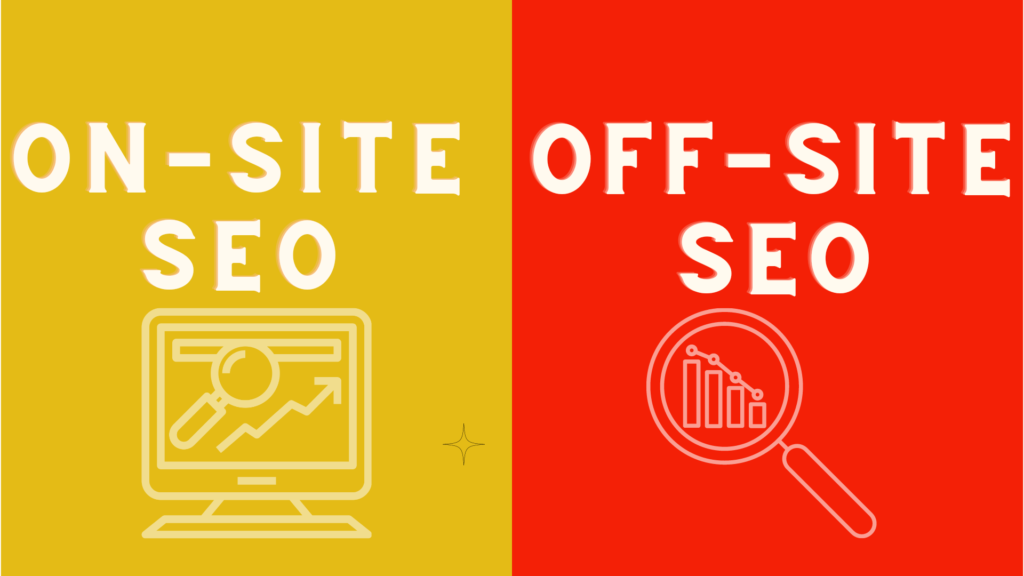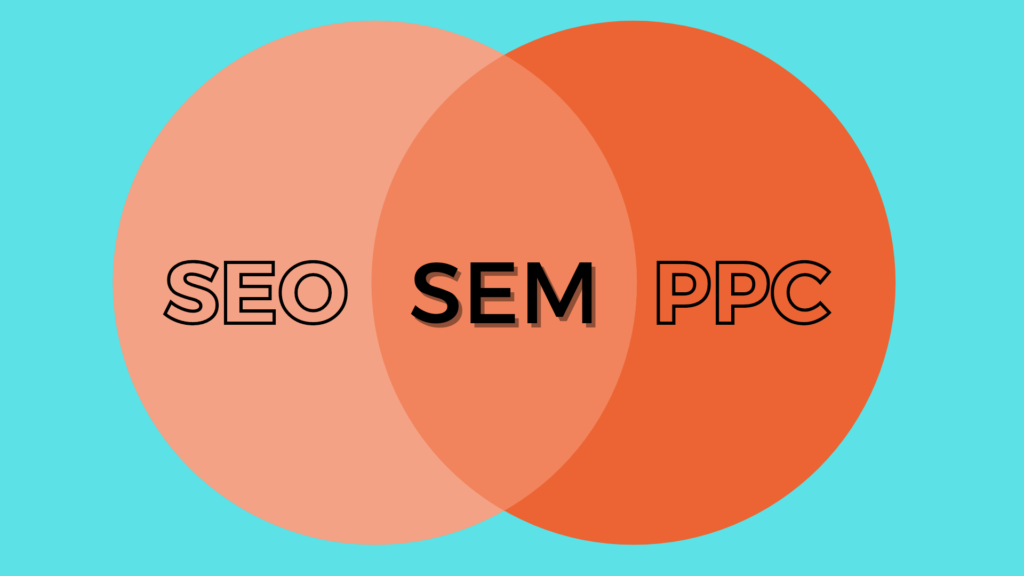Making our websites stand out among our competition has become more of an obligation than a choice as the digital world has expanded its limits to include every aspect of our lives. The reason for doing so is quite apparent. Customers prefer online buying to in-store purchases. And that’s not just limited to products. Most customers search for every detail about a product and its competitors, which means our website content is the one shot we have at turning a visitor into a customer, i.e., through digital marketing or search engine marketing- SEO and SEM.
Owing to this, businesses and digital marketers are looking for ways to bring their websites into the spotlight and attract more visitors in the form of organic traffic. Appearing on the first page of Google’s search results yields way more traffic (targeted audience) than all the other carriers combined. All this can be possible with an SEO campaign. What are those ways, huh? The answer might differ from person to person. Some will say it is SEO, whereas others will prefer SEM. You have been toing and froing between these two, haven’t you? Thankfully I am here to clear the fog for you. Today, I will draw a line between SEO & SEM (SEO vs SEM) and offer fascinating insights into why or how you can use them. Keep reading!
WHAT ARE SEO AND SEM?
Let’s begin with SEO. SEO is an organized process of making your website visible on search engine result pages. It involves different activities such as keyword research, link-building, etc. Most importantly, SEO focuses on non-paid methods of popularizing a website and gaining new visitors.
SEM is not a process like SEO; it is more like advertising. Why? You must pay the search engines to make your website flash at the top of search results. It also comprises numerous SEO practices, but many marketers prefer to consider it as paid advertising.
What’s the difference between SEO and SEM (SEO vs SEM)?
SEM and SEO have the same aim but differ based on measures taken to achieve those aims. Talking of SEO there are mainly two types of SEO. Firstly, on-site SEO works on the internal elements of your site, such as keywords, tags, meta descriptions, and the whole piece of content. These are a few things that are totally under your control. Next, there’s off-page SEO which focuses on external elements like how many backlinks your website gets from authoritative websites or what’s your domain authority. Besides these two, there are other forms of SEO, such as Technical SEO, Local SEO, and Mobile SEO.

Now, let’s talk about different types of SEM. SEM is also of two kinds. The first one is SEO. No, it is not a typo! SEO To be more accurate, it is Organic SEO. Organic SEO or SEO means doing everything that you can do to make your website rank higher on the SERPs but without spending a cent. So, SEO is a part of SEM.
The second type of SEO is paid ads or PPC(Pay-Per-Click). In this method, you must pay the search engine each time a visitor clicks on your AD or lands on your site. It is one of the widely used marketing strategies. Besides Organic SEO, one can use this method to increase traffic by ranking higher on the SERPs.

So, that was one point of difference between SEO and SEM. SEM is quite a broad term whose inherent part is SEO. The definition of SEO is narrower, while SEM expands to include both paid and unpaid forms of advertising.
Now, let’s talk investment-wise. You would be wrong to say that SEO is completely free. Yes, you will not pay anything to the search engines, but you have to incur expenses to make your site worthy of appearing at the top of organic search results. For instance, you might have to hire a professional writer to write SEO-Friendly blog posts. Similarly, you must spend money and time on your backlink outreach to get links from high-authority websites. SEO takes more time to deliver results than SEM. Using an SEO strategy will take anywhere from three months to two years to offer significant ranking improvements. In contrast, an SEM campaign can increase an organization’s web traffic within hours.
Looking at SEM, it is undoubtedly true that it will cost more because you must spend on SEO and PPC campaigns. Pay-per-click, regardless of if it’s called PPC, CPC (i.e., cost-per-click), paid search, or search ads refers to paid search marketing, typically through search engines like Google and Bing. Google Ads tells you about the average cost per conversion. However, there is no such uncertainty as with SEO. In this on-page SEO, a good practice is to include specific keywords in your title tag, meta description and webpage URL, which gets far better results than anything else. With SEM, you are assured of a good position in the search results as you pay for appearing higher. In search engine optimization (SEO), you can’t take your success for granted. Besides, the odds are higher in your favour if you are doing SEO and PPC simultaneously. However, there’s more to it. PPC ads are most suitable for those with sufficient funds because your page will only rank if you pay.
Next, there’s a difference between the volume of organic results in traffic brought in by SEO and SEM. With SEO, you don’t have any control over the quantity of traffic. You can only control those factors concerning the content of your website. However, SEM is different, as you are paying to bring in more traffic. The more you are willing to pay, the more your site has visibility.
Last but not least, you can’t expect instant results with SEO effort. It can take months or years to gain traffic to your website. However, with SEM, you can expect speedy results. When you pay more, you will automatically get a higher rank which means you can expect good results within a few days to weeks.
Those were some notable differences between SEO and SEM and some similarities between SEO and SEM. You can choose what’s best for your website. It all depends on how much effort, time, and money you will put in.
So that’s all for now. I hope you enjoyed this blog post about the differences between SEO and SEM. Now that you are aware of the differences, you can make a decision and start to implement them in your online marketing campaigns. Please feel free to comment with any query you have for us. We would love to hear from you!
Writecream provides 30+ tools for generating tons of content within seconds! Use Writecream to create free product descriptions, personalized emails, blog articles, and more! Our free plan provides 20 credits every month, which helps you generate 10,000 words per month!
Isn’t it amazing?
To get started, register here for our FOREVER FREE plan NOW!